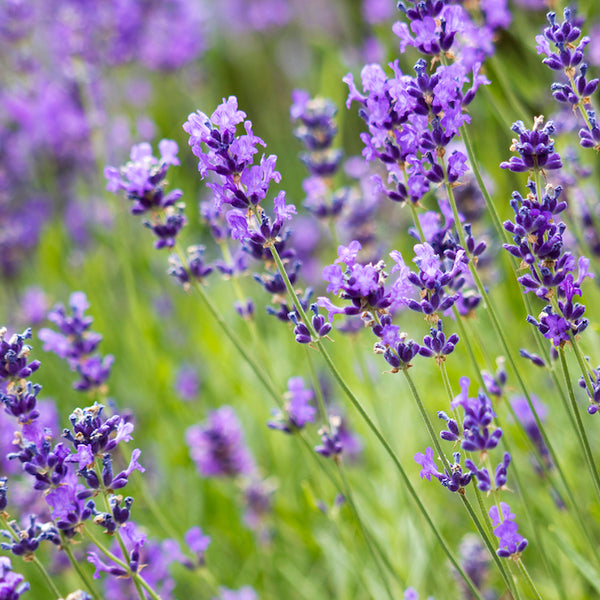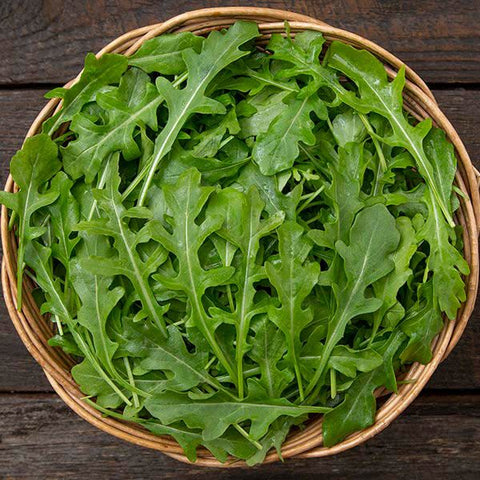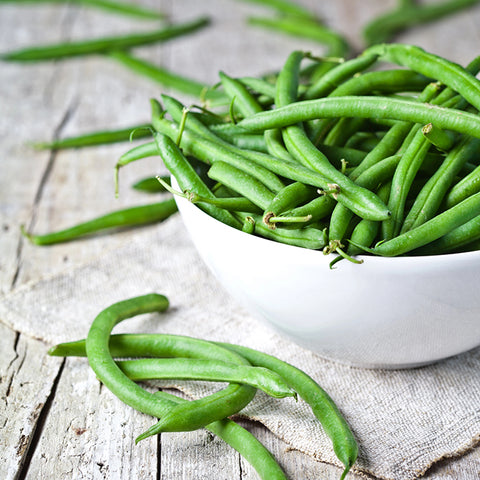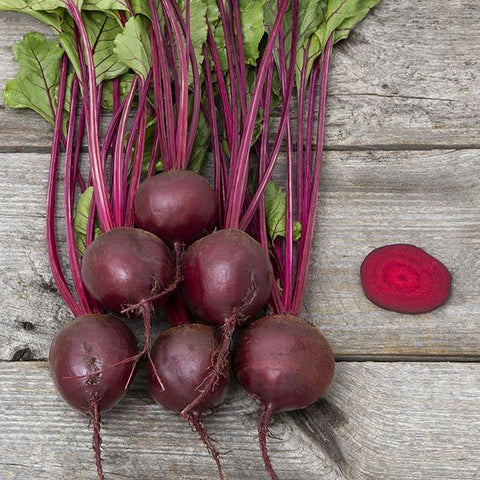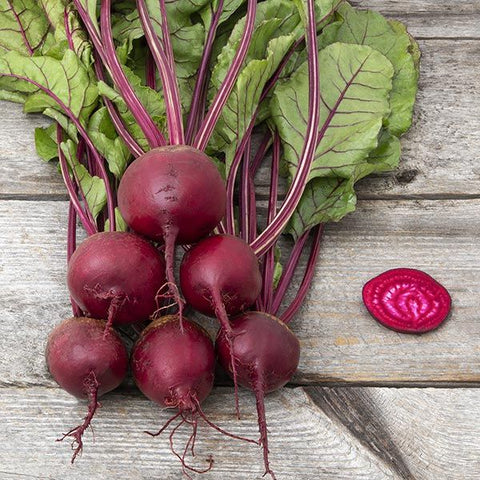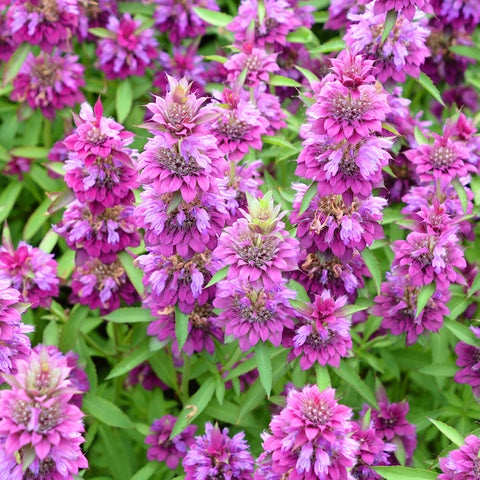Lavender, Munstead (Organically Grown Seeds)
$4.79
This item may be out of season or currently out of stock. Please check back.
Description: Munstead is one of the hardiest of lavenders and the main variety that we recommend to cold-climate gardeners looking for a perennial lavender. Highly-scented blue-green foliage gives rise to lavender-purple flowers on slender spikes. The flowers are loaded with nectar and are sought out by bees, ladybugs, and butterflies.
Organically Grown/ Heirloom/ Open Pollinated/ Non-GMO
Pack Size: 100 seeds
Latin Name: Lavandula angustifolia
Alternative Names: English lavender
Main Uses: Culinary, fragrant and oil-producing.
Zone Hardiness: Zone 3 perennial (with winter protection, sometimes listed as zone 4)
Exposure: Full sun
Height: 30 cm (12 inches)
Flower Color: Dark blue
Flowering Time: July - August, if deadheaded
Seed Source: Organically grown
Germination: 7 - 14 days at 21° C.
Pre-treatment: Store seeds in the refrigerator until ready to sow. Seeds are viable for 2 - 3 years. Chilling improves germination for lavender seeds.
Sowing: Indoors 8 weeks before planting out. Sow 3 - 5 seeds per plug cell. For best results, apply Sea Magic™ kelp from the first watering. Apply a seedling-starter fertilizer such as Evolve Seedling once the second set of true leaves has appeared, and then alternate between the kelp and seedling starter until transplant. Not suited for direct seeding outdoors, unless sown in September for early spring germination.
Planting Depth: Press firmly into the soil.
Planting Out: Plant into well-drained soil. Once established, Lavender does not require supplemental fertilizing, although the addition of eggshells or some other form of natural, slow-release lime enhances flowering and plant vigour.
Harvesting: Harvest flowers by cutting at the intersection of the flowering stalk and the second set of true leaves (before the stalk). Removing flowering will encourage more blooms.
Growing in Containers: Well-suited to containers 6 inches and up, although English Lavender will not survive the winter outdoors in containers.
Fertilizing (Containers): Feed every two weeks with general-purpose organic plant food.
Watering (Containers): Water deeply, and allow drying to the touch between waterings.
Growing in Mixed Planters: Well-suited for larger mixed planters, if treated as an annual.
Fertilizing (Garden): Lavender prefers poor (not too rich) soil. Focus on drainage and the addition of slow-release lime (egg shells / crushed sea shells).
Watering (Garden): Water deeply to establish. Once established, Lavender is quite tolerant of drought.
Beneficials Attracted to this Plant: Bees and ladybugs!
Garden Companions: Lavender is often paired with roses, and is a general companion to vegetables and other herbs. Not only does it attract pollinators, but the strong oils also have many properties that may benefit nearby plants; some of these include anti-fungal and anti-bacterial properties.
Special Requirements for Cold Climate Gardeners: Be sure that Lavender has great drainage and lots of suns! If planning to grow as a perennial, shelter from drying winter winds is essential, as is snow cover. Consider mulching, either with loose leaves or even with an upside-down cardboard box.
Pest/Disease Issues: Lavender is very pest and disease-resistant.
Suitability for Indoors: Not suited for indoors. English lavender requires cool conditions through winter.

